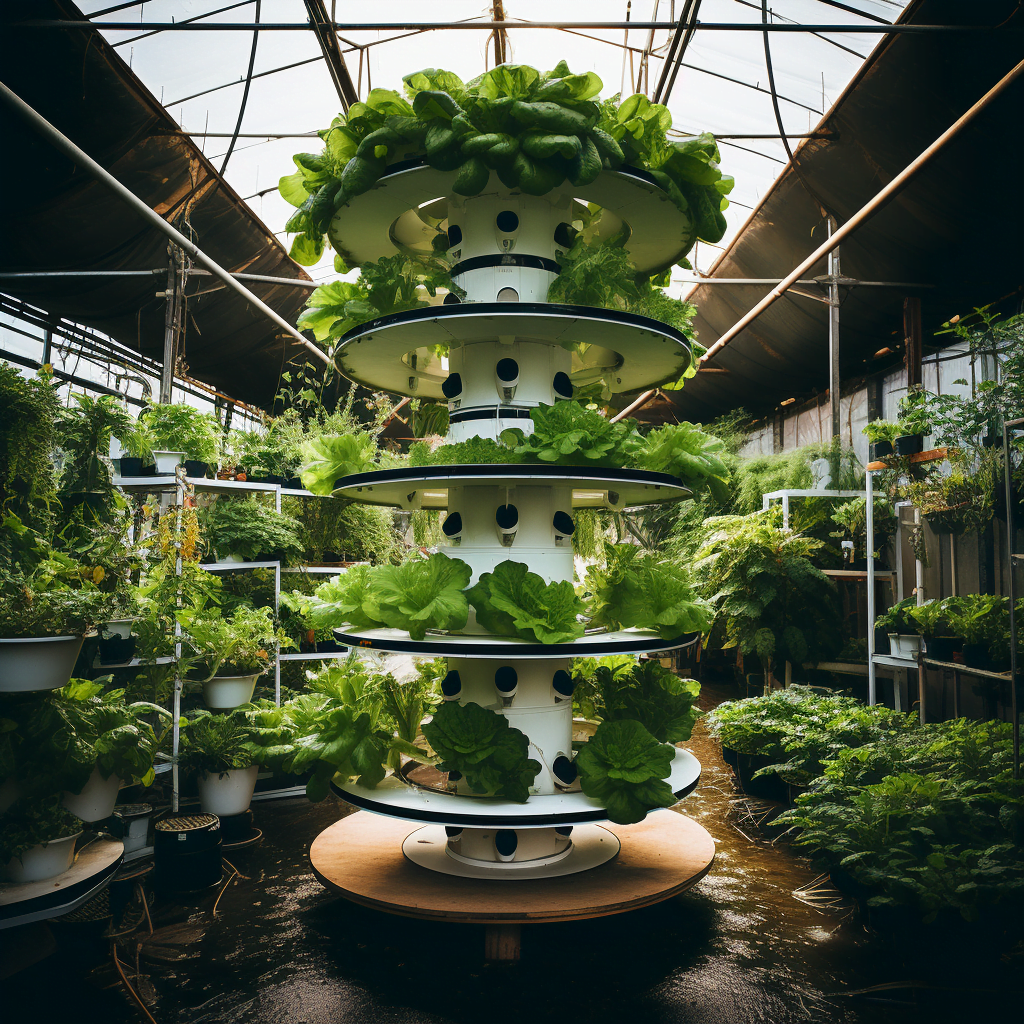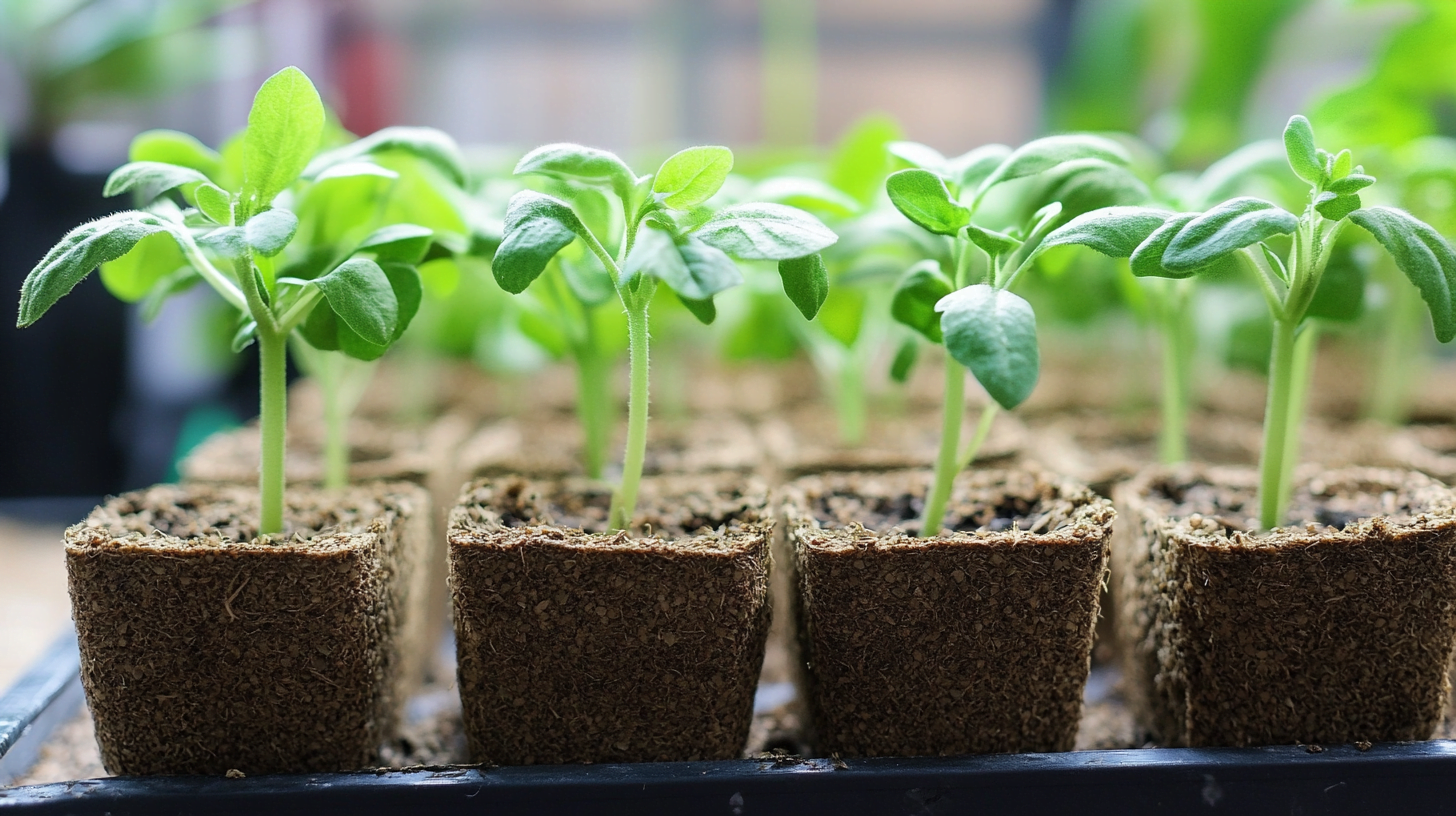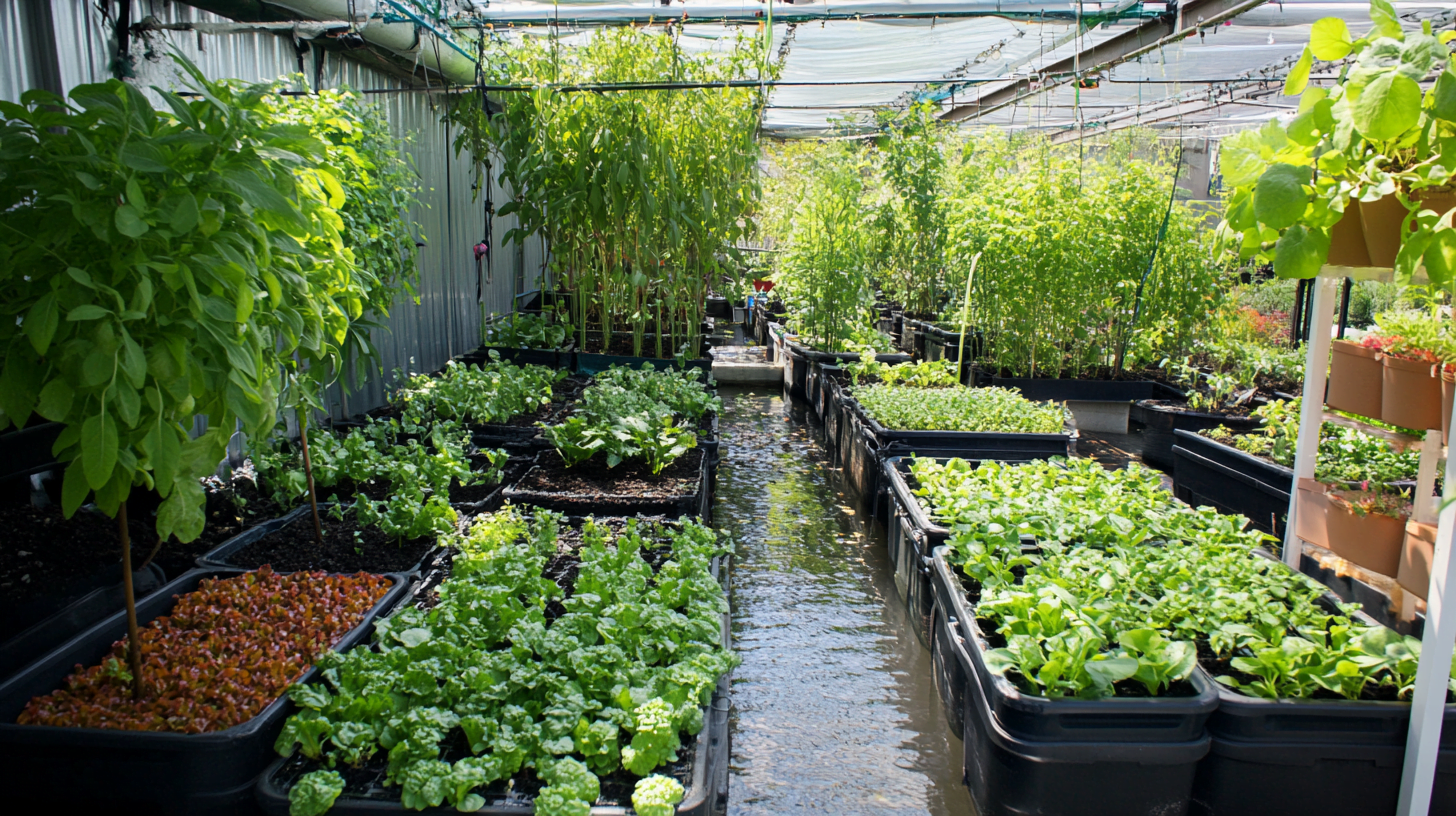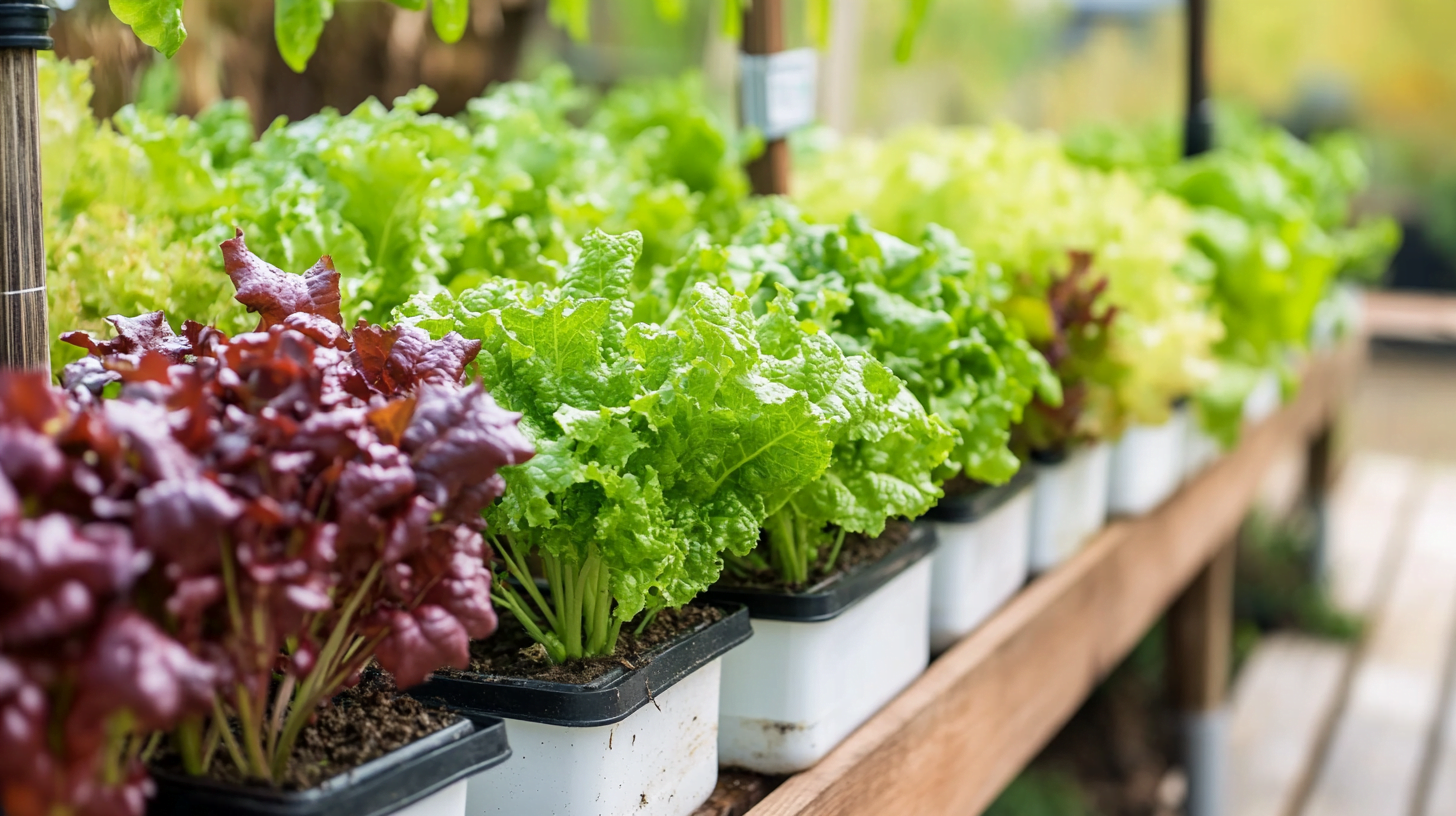Many aspiring gardeners are intrigued by the potential benefits of hydroponic gardening, such as faster plant growth, higher yields, and reduced water usage. However, the initial investment required for equipment and setup can be prohibitive. Is hydroponic gardening simply too expensive for the average hobbyist to adopt?
This article will provide an in-depth exploration of the costs associated with hydroponic systems to help you determine if this soilless gardening method can fit your budget. We’ll look at the expenses involved with different types of systems, equipment requirements, operational costs, and ways to save money when embarking on hydroponic gardening.
What is Hydroponics?
Hydroponic gardening utilizes a method of growing plants without soil. Instead of soil, plants are provided with a mineral-based nutrient solution containing water and all the nutrients needed for growth. Their roots are supported using an inert medium like perlite, vermiculite, coconut fiber, or clay pellets.
Compared to conventional gardening, hydroponic systems offer benefits like:
- Faster plant growth and production
- Higher crop yields
- Greatly reduced water usage
- Less impact on the surrounding environment
However, there are some disadvantages as well, primarily:
- Substantial time commitment for regular system monitoring and maintenance
- Relatively high startup costs compared to traditional gardening
| Hydroponic System Type | Approx. Startup Cost | Ongoing Expenses | Maintenance Needs | Suitable For Plants |
|---|---|---|---|---|
| Deep Water Culture | $100 – $250 | Medium | Low | Leafy greens, Herbs |
| Nutrient Film Technique | $200 – $500 | High | Medium | Greens, Herbs, Small Fruits |
| Aeroponics | $300 – $700 | High | High | Various, incl. root vegetables |
| Wicking | $50 – $150 | Low | Low | Greens, Herbs |
| Ebb & Flow | $150 – $400 | Medium | Medium | Wide Variety |
| Drip System | $100 – $300 | Medium | Medium | Various, High water plants |
The Main Types of Hydroponic Systems
There are 6 primary types of hydroponic systems available to growers:
Deep Water Culture
This system uses a reservoir filled with the hydroponic nutrient solution. Plants are supported in the solution using floating rafts, while an air pump provides oxygenation. Deep water culture offers high levels of nutrient availability and is easy to maintain. Starter kits are available from companies like VIVOSUN.
Nutrient Film Technique (NFT)
NFT systems feature channels or sloped troughs through which a thin film of nutrient solution is continuously pumped. The open channel design provides abundant oxygen to root systems. Popular prefabricated NFT systems are sold by brands like Aerogarden and Let’s Grow.
Aeroponics
Rather than sitting in nutrient solution, plant roots are suspended and misted with solution. This maximizes oxygen levels for rapid growth. Aeroponic systems like the AeroGarden Bounty can be productive but higher tech and more expensive.
Wicking
A passive system using a growing medium like coconut coir which ‘wicks’ solution to plant roots via capillary action. Wicking systems are low cost, but also lower productivity. DIY wicking buckets are an easy project.
Ebb & Flow (Flood and Drain)
The grow tray floods with nutrient solution for a period before draining. This cyclic flooding provides an ebb and flow of both solution and air for roots. Ebb and flow kits like AutoPot Hydroponic kits are reasonably priced.
Drip System
Nutrient solution is dripped or trickled onto plant roots via jets, drippers or emitters. Drip systems provide constant solution access. Clogging issues must be monitored. Drip system starter kits are affordable, like the PowerGrow Systems Hydro Drip Bucket Kit.
Hydroponic Nutrients
Instead of soil, hydroponic systems rely on a mineral nutrient solution to provide all the elements plants need. This hydroponic nutrient solution contains macronutrients like nitrogen, phosphorus, potassium, calcium, magnesium, and sulfur as well as micronutrients like boron, zinc, iron, and copper.
The optimal nutrient balance varies by plant species. Many growers purchase concentrated hydroponic nutrient mixes, then dilute them with water. Popular pre-mixed brands include General Hydroponics, MiracleGro, Emerald Harvest, Botanicare and Dyna-Gro.
Necessary Lighting and Mediums
Indoor hydroponic gardens require specialized full spectrum grow lights to nourish plants in the absence of sunlight. High intensity options include HID lights like metal halide or high-pressure sodium systems. More energy-efficient LED grow lights are also widely used. Fluorescents like T5 fixtures are affordable for small spaces.
An inert medium like clay pellets, perlite, vermiculite or rockwool is used in most systems to provide root support and proper drainage.
Suitable Plants
Leafy greens and herbs like lettuce, spinach, basil, dill, and chives thrive with the constant moisture and nutrition provided by hydroponics. Fruits like tomatoes, peppers, cucumbers, and melons can flourish in proper systems, along with vegetables like radishes, beans, onions, garlic, and carrots.
Other Cost Considerations
Operational costs for lighting, pumps, and other electrical equipment can add up. Testing and monitoring pH and EC nutrient levels requires supplies like testing solutions, strips, or digital pens. Replacing grow lights, pumps and other components adds to long term costs.
Backup generators may be needed to keep hydroponic systems running in event of power failures. Recycling and disinfecting hydroponic water using methods like ozonation or UV treatment can reduce waste.
Strategies for Affordable Hydroponic Gardening
While commercial systems require substantial investment, hobbyists can utilize DIY approaches like wicking beds, ebb and flow buckets, and converted aquariums to minimize startup costs. Choosing energy efficient LED grow lights on timers reduces electricity usage.
Beginners should start small then scale up to larger, more sophisticated hydroponic systems. Selecting high value crops like herbs, greens, tomatoes, and cucumbers can offset costs. Buying used equipment and components can also save money.
The Verdict on Hydroponic Gardening Costs
When weighing expenses against benefits like higher yields, faster grow times, and year-round production, hydroponic systems can be a worthwhile investment for small-scale growers. With smart strategies like beginning modestly and selecting profitable crops, hydroponics can fit many gardening budgets.
Proper system selection, efficient practices, and careful planning allow hydroponic growers to maximize productivity and enjoyment while minimizing associated costs. While not cheap, hydroponic gardening can certainly be cost-effective.
Hydroponics Cost FAQ
Q: What is the most budget-friendly type of hydroponic system?
A: Wicking beds and ebb & flow bucket systems are among the most affordable, especially when built with DIY materials. Passive wicking systems have very low operating costs.
Q: How much does a basic starter hydroponic setup cost?
A: A small starter setup with basic components like a grow light, pump, and wicking bed can be established for $50 to $200. More advanced systems with tents and accessories run $500 to $1,000 or more.
Q: Is hydroponic gardening cheaper than traditional gardening?
A: The startup costs are higher for hydroponics, but savings can be achieved over time through higher yields, faster growth, less water usage, and reduced waste.
Conclusion
With good planning and smart choices, hydroponic gardening can absolutely be an affordable option even for beginners. Don’t let the startup costs deter you – the benefits are well worth the investment!



